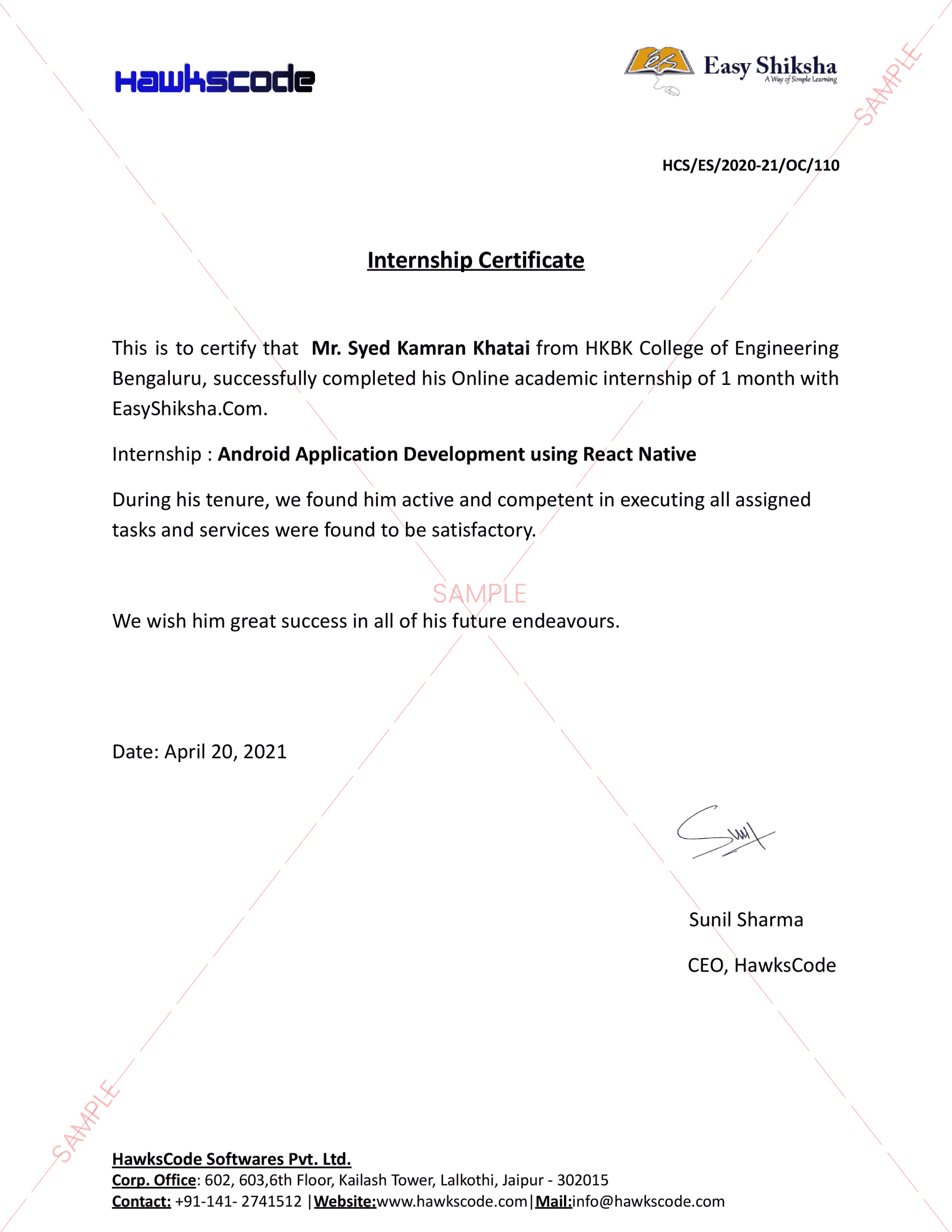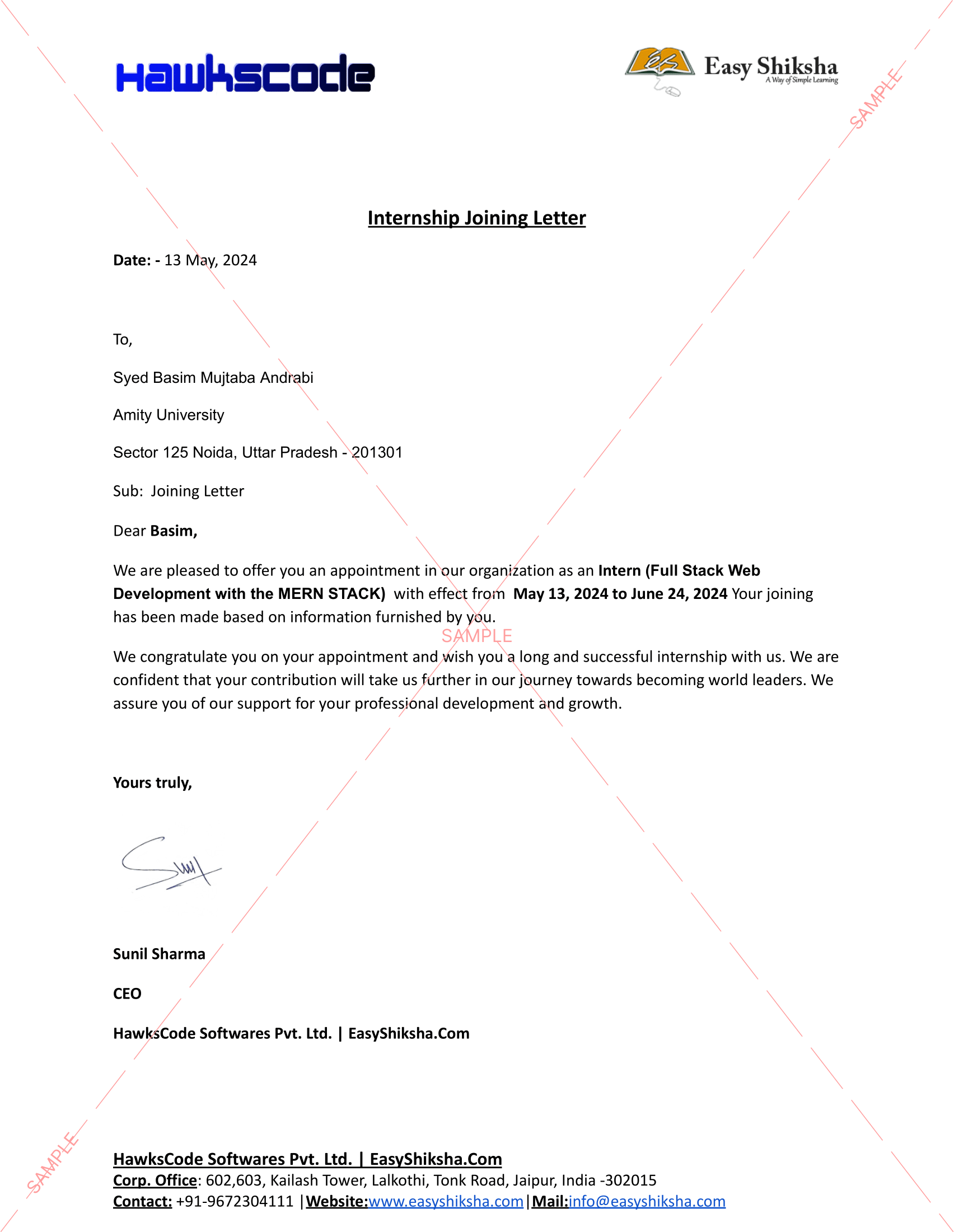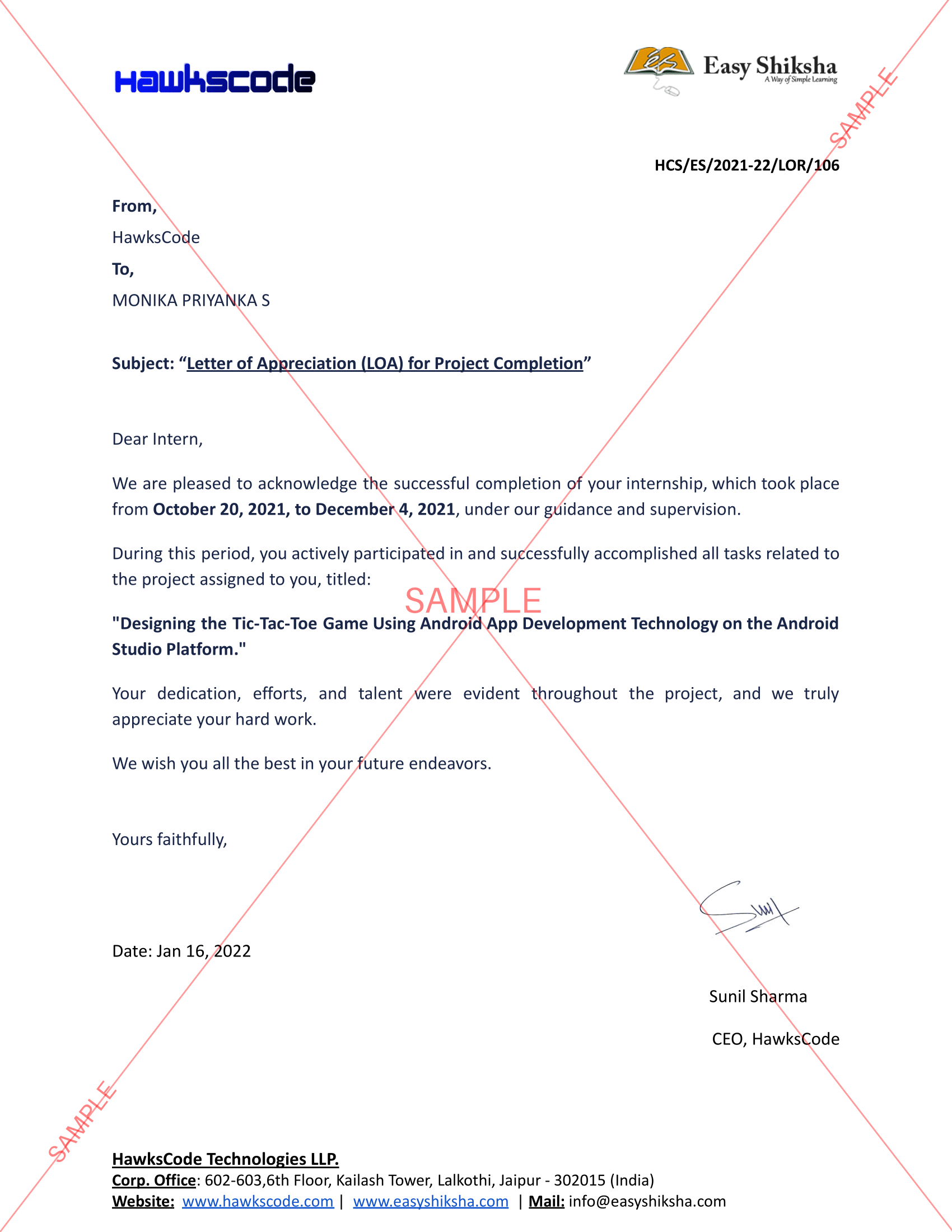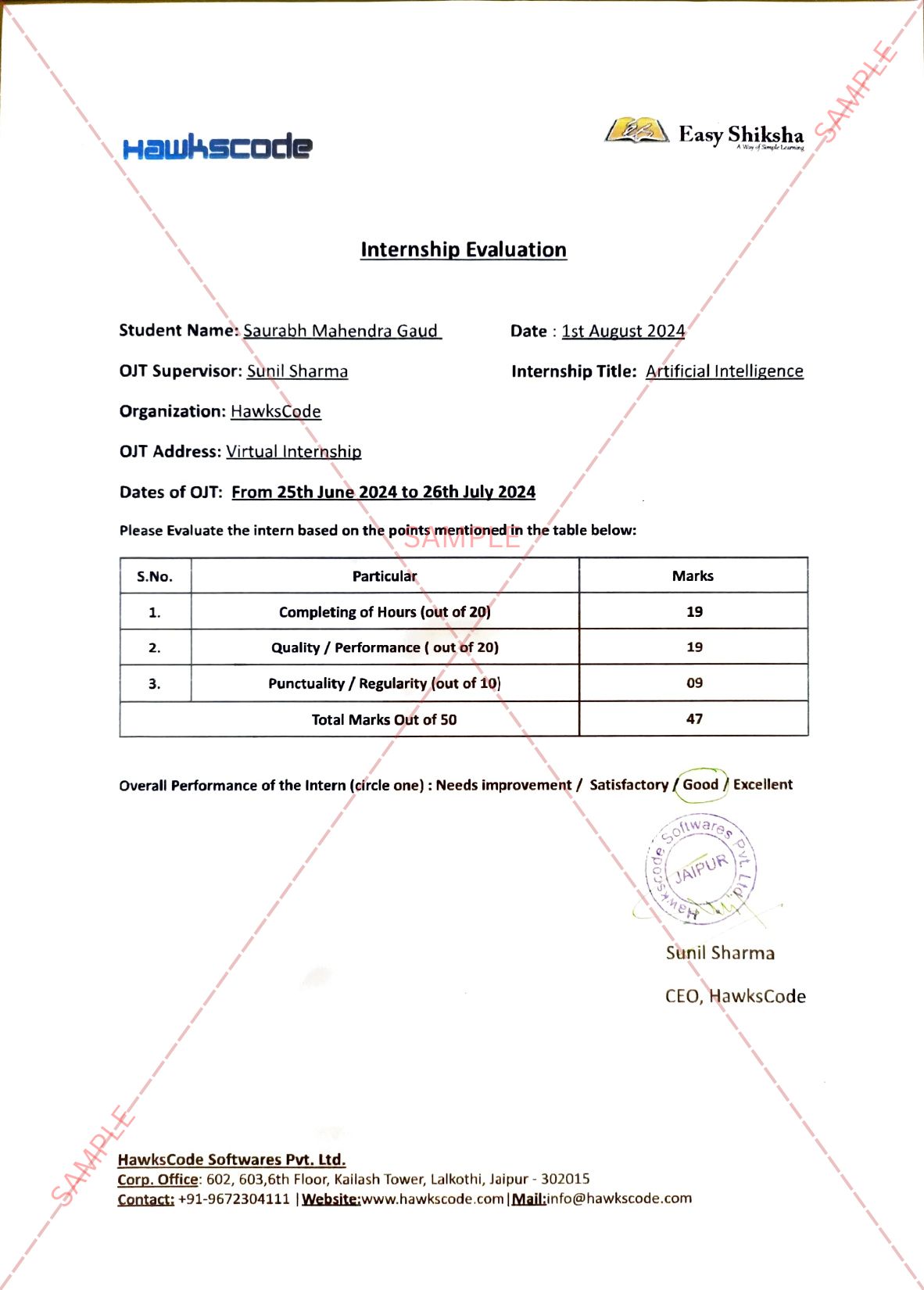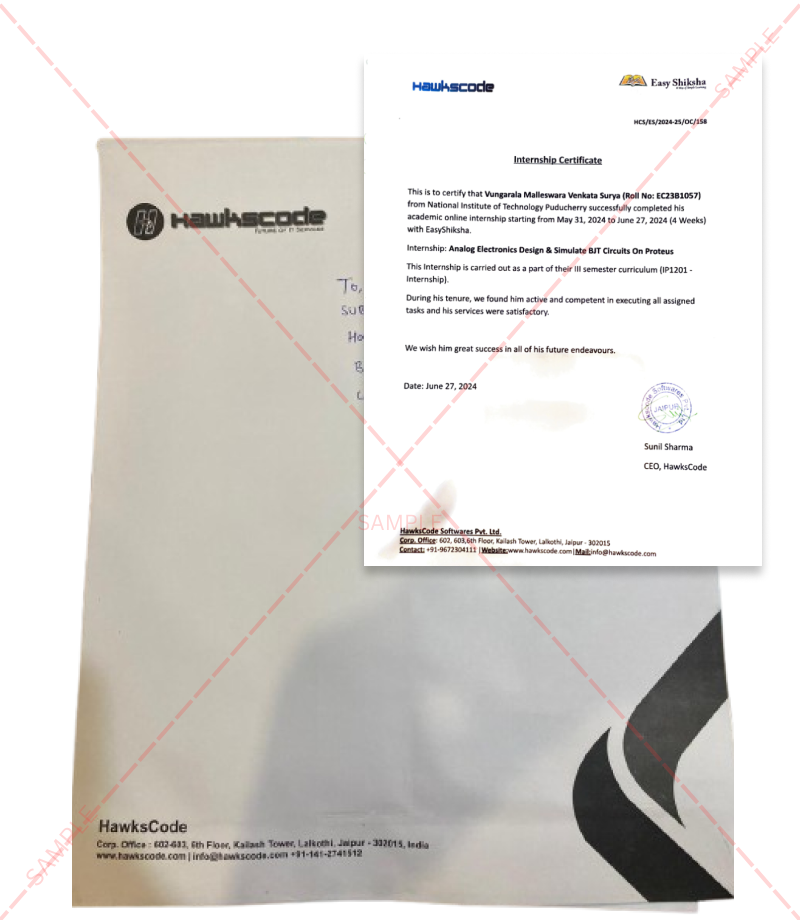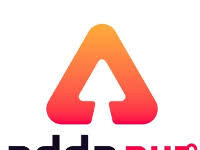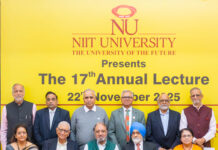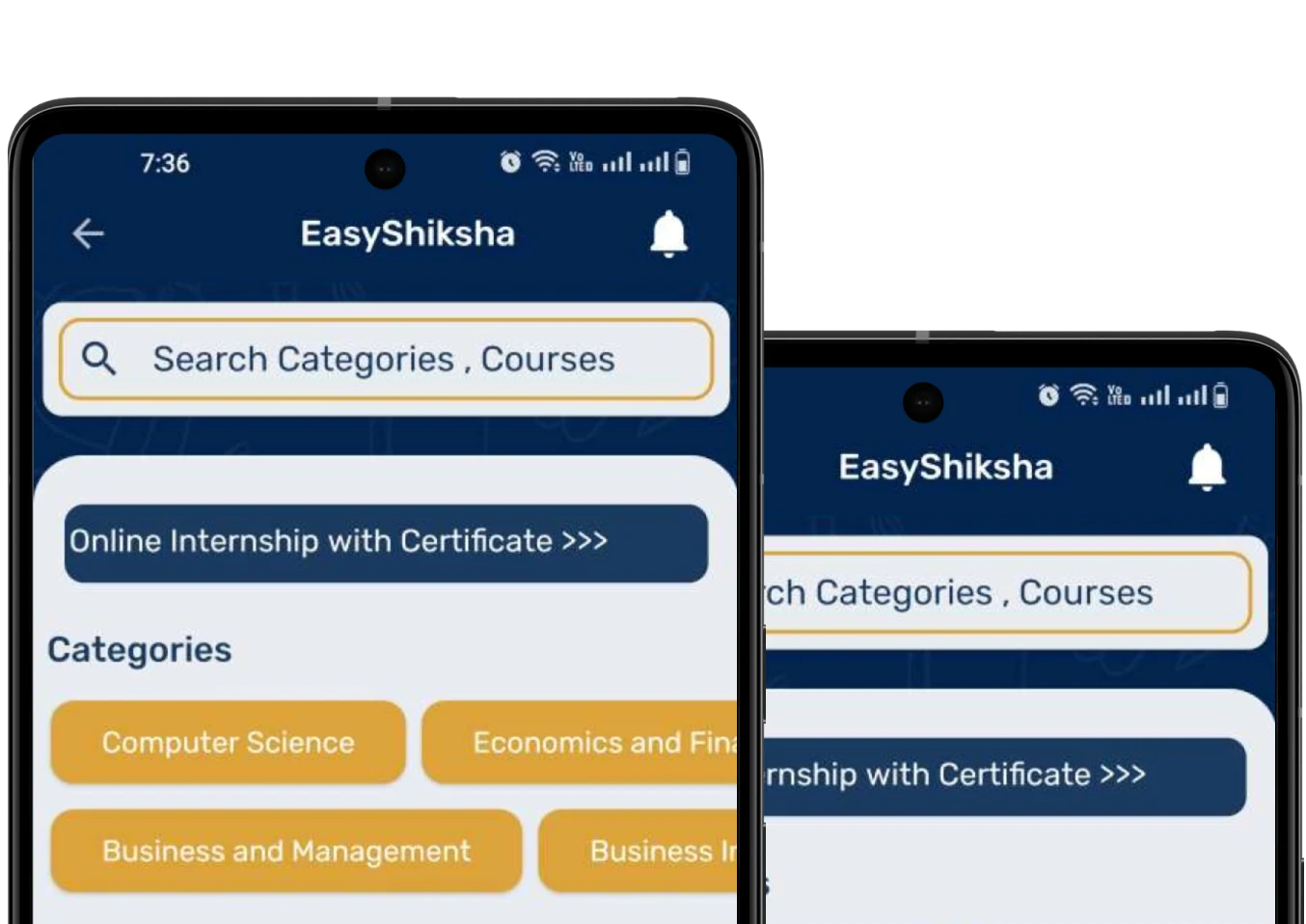By Manish Mohta, Founder, Learning Spiral As online learning has grown in popularity, evaluations and the associated difficulties have also gone digital. Whispering answers or passing chits are no longer the only ways to cheat on online tests. It has developed into employing proxies, concealed devices, and tab switching. But just as cheating strategies have advanced, so too have the technologies that are meant to prevent them.
In order to maintain the integrity of online tests, artificial intelligence, facial recognition, and behavioral analytics are gaining center stage in the era of smart proctoring.
The Growth of Online Tests
A worldwide transition to digital schooling was sparked by the pandemic. To maintain continuity, educational institutions, competitive exam boards, and instructors quickly adopted online platforms. However, putting tests online raised a crucial query: How can we ensure their security?
In a distant location, manual invigilation was neither scalable nor dependable. Here comes remote proctoring driven by AI.
AI Proctoring: Watching More Than Just Your Webcam
Also Read: Warwick at 60: UK’s Leading University Celebrates Heritage
More than just recording students throughout an exam is now possible with modern proctoring software. It actively examines behavior through the use of eye tracking and facial recognition.
keeps the candidate consistent throughout the test and indicates when they are looking away too frequently.
- Monitoring of microphones
detects murmurs, background noise, or questionable talks.
- Lockdown of the browser
stops applicants from browsing unapproved websites, copying text, or opening other tabs.
- Detecting objects and scanning rooms
Mark any extra equipment, personnel, or supplies in the space.
- Analysis of behavioral patterns
detects irregularities such as multiple face detection, irregular typing patterns, or frequent alt-tabbing.
By producing an alert log that includes images and video clips, these tools assist assessors in conducting more thorough investigations of questionable activity.
Ethical Surveillance or Overreach?
Although cheating occurrences have decreased as a result of these tools, they also bring up significant concerns about stress, data security, and privacy.
Some pupils feel that they are being intrusively “watched,” especially when they are requested to move cameras around their room. Some contend that AI flagging may mistakenly view harmless actions as suspicious, such as turning aside to reflect.
There is ongoing discussion on how to strike a balance between surveillance and fairness. When using such tools, institutions must guarantee permission, transparency, and the ethical use of data. Online Courses with Certification
Online Courses with Certification
Future of Exam Integrity
This is just the beginning of the evolution. Future developments include:
- Biometric keystroke analysis uses typing rhythm to verify identity.
- During oral tests, voice recognition makes sure that only the test-taker is speaking.
- Exam pause in the event of significant cheating thanks to real-time anomaly detection with auto-intervention.
- Blockchain-based certification which almost eliminates impersonation and fraudulent scores.
The Smarter Battle Against Cheating
“Caught on cam” is no longer merely a clickbait term; rather, it represents a larger trend toward trustworthy, equitable, and astute online assessments. Even though no system is completely infallible, modern technology is producing a powerful enough deterrent to make pupils reconsider trying foul play.
Our efforts to preserve the legitimacy of education must change along with it. After all, an exam is a test of integrity as much as knowledge.
Platforms like EasyShiksha.com leverage retargeting to re-engage learners, making it an essential strategy for online education and beyond. Implement these best practices to refine your retargeting approach and achieve long-term success.

